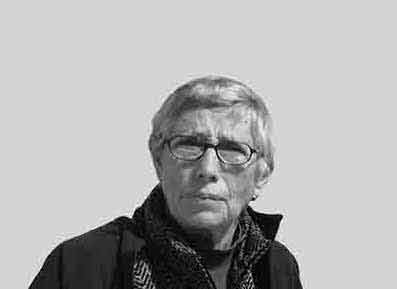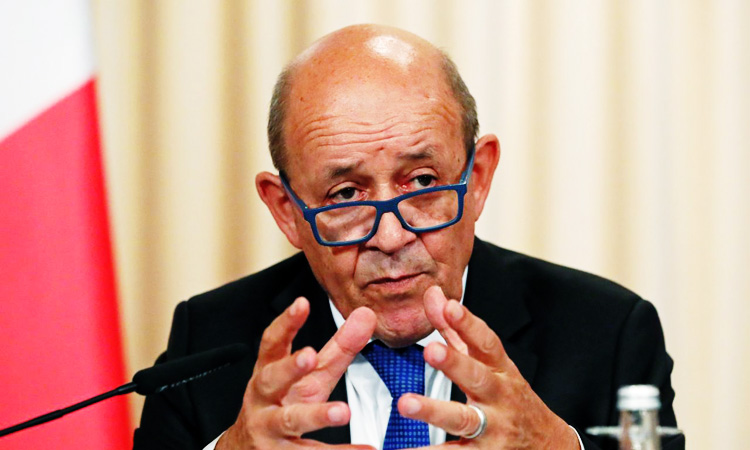Repairing history

Michael Jansen
The author, a well-respected observer of Middle East affairs, has three books on the Arab-Israeli conflict.

Ibn Al-Walid mosque and a view of it's interior.
The Old City’s souq stocks clothing, shoes, boots and plastic household items. Merchants sit on stools outside their narrow shops. Unseasonal rain has stopped and the sun is out. The souq’s elegant new roof provides shade to browsers who stroll from shop to shop. A handsome merchant with salt-and-pepper hair called Moayyad Tarsha, 48, says he began to work here with his father at seven. He sells Aleppo cotton nightdresses, socks and underwear as well as garish synthetic fibre dresses and leggings. Cotton items are made with homegrown cotton while synthetic thread comes from abroad and is more expensive than before the war. Prices are low. Customers are generally careful with their cash due to the punitive economic sanctions regime imposed by the US, Britain, France, and Germany.
“We have four shops but only two are open. My brothers also work here. The shops have been in my family for 300 years,” he states proudly. “During the war we moved from house to house, some were destroyed. Now I live in the countryside.”
The splendid Khalid Ibn al-Walid mosque basks in the sun at the edge of Khalidiya, Homs’ most devastated neighbourhood. Ravaged apartment blocks stand across the wide street in front of the mosque, which received significant damage during the battle between the Syrian army and armed groups. They had occupied the mosque and turned it into a fortress and weapons depot which was bombarded during the fighting. Before they left they looted, burned and smashed.
Khalid Ibn al-Walid was the Muslims’ most successful and famous general. Converted to Islam by the Prophet Muhammad, he turned his military gifts to conquest for the faith. In 634 his army captured Damascus from the Byzantines. He led his troops at the Battle of Yarmouk two years later, opening the door for Muslim rule throughout the Levant. He is said to have fought 200 battles, losing none, and is believed to have been one of the greatest generals in history. He died and was buried in Homs in 642 at the age of 57.
Since he was both a Companion of the Prophet and a famous warrior his tomb became a pilgrimage site visited by Muslims from the world over. The shrine where his tomb is located dates to the 11th century. The mosque built in the 13th century during Mamluke rule was demolished and replaced with the current building early in the 20th century by the Ottomans in the waning years of their empire.
Following the Ottoman collapse after World War I, Khalid Ibn al-Walid became a symbol of Arab nationalism and the struggle for liberation from Western rule.
A UNESCO world heritage site, the Ottoman style mosque sustained serious damage during Syria’s war. The dome was damaged by shelling and the door to the tomb was destroyed. The mosque is currently being restored with donations from a foundation established by Chechen president Ramzan Kadyrov to honour his assassinated father. Once work on the inside of the mosque was completed, it was inaugurated by Syrian and Chechen clerics. The Akhmad Kadyrov foundation has also given $14 million (Dhs51m) to rebuild the Grand Mosque In Aleppo, another World Heritage Site damaged during the fighting.
Homsi white marble dominates the interior of the Khalid ibn al-Walid mosque. The high central dome has been frescoed, stained glass windows replaced, and elegant caligraphy restored and blue floor mats laid. The marble tombs of the general and his son, enclosed in a plate glass, glow golden in the morning light. Delicate geometric patterns have been carved on the marble pulpit and the surrounds of the qibla, the niche which indicates the way to Mecca.
“The restoration exactly replicates the Ottoman building. All the materials are Syrian except the chandeliers’ hand blown glass globes that are from Egypt,” states the guide.
Although regular services have not yet begun, local people come to see the majestic recovery of their beloved mosque. A shy, hesitant couple wander around the hall, pausing to pray standing side by side. An old man prostrates himself in the direction of Mecca. The mosque has once again become a place of worship.
The courtyard and external walls, decorated in bands of black and white stone, await renovation. The guide says, “Work will begin as soon as funds are available.” The fountain in the central courtyard has to be totally rebuilt and shell damage to the mosque walls has to be repaired.
On the southern side of the mosque lies the Old City where surviving Homsis are recovering lives paused by the war, on the northern side stretches devastated Khalidiya where ravaged and collapsed buildings will eventually have to be bulldozed so former residents, and former members of the mosque’s congregation can rebuild. Khalid Ibn al-Walid mosque rises between two dramatically different worlds: the redeemable Old City and lost Khalidiya.







